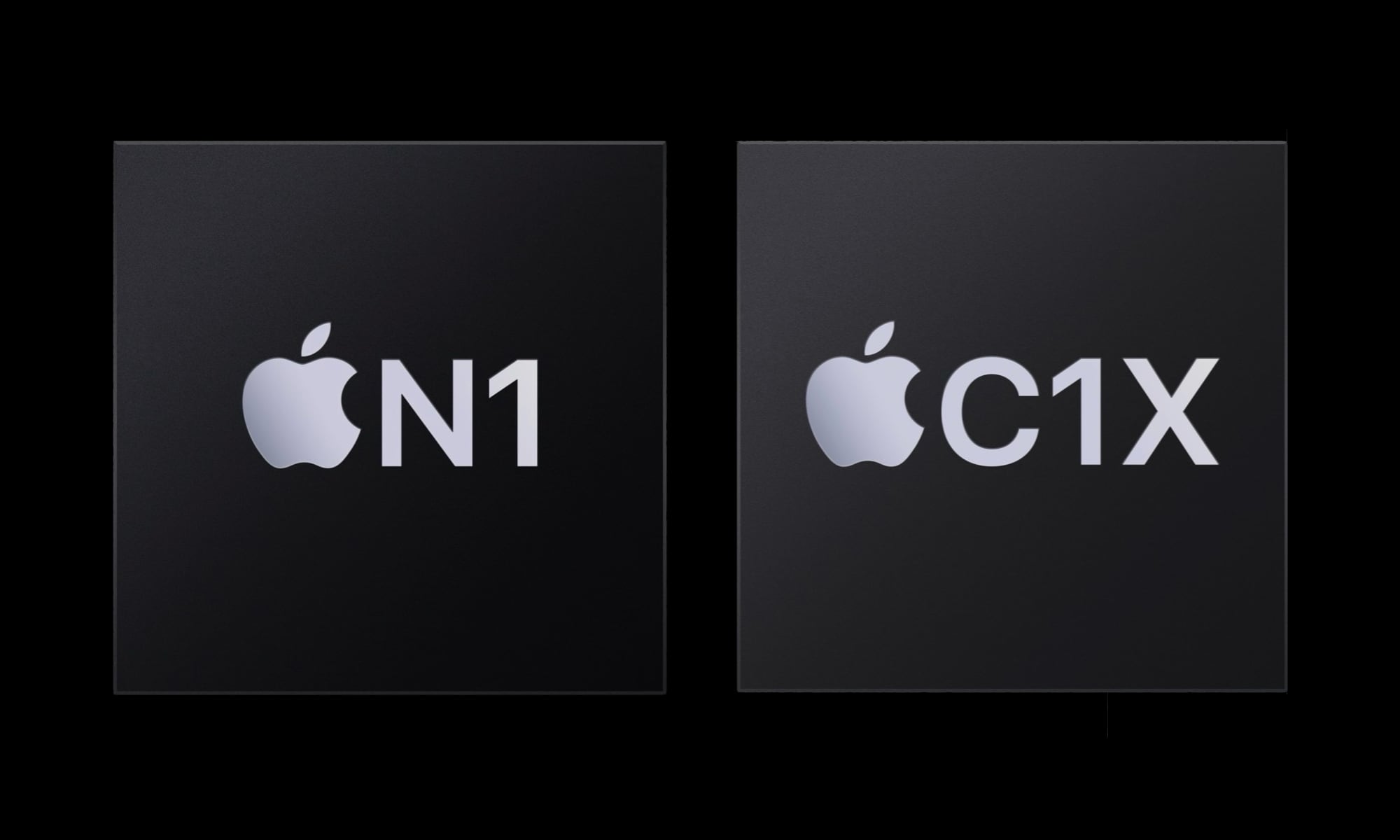The N1 and C1X Chips
Apple spent some time during yesterday’s event talking about how much of an engineering miracle the new iPhone Air is, and we’re inclined to agree. However, the skills required to create this ultra-thin marvel go well beyond just materials engineering.
As Apple pointed out, this wouldn’t have been possible without its own custom silicon. The iPhone Air fits nearly all the electronics into the camera bump — which Apple now calls the “plateau” — with the remainder of the 5.6 mm body being all battery.
Apple wouldn’t have been able to pull this off with the Qualcomm and Broadcom chips it’s used for years, so it had to create its own. We got a sneak peek at the new C1 modem chip earlier this year in the iPhone 16e. Still, while it was believed that Apple would use the same chip in the iPhone Air, the company surprised us with a new variation, the C1X, that promises greater performance and power efficiency.
It’s still not an mmWave-capable chip — that likely won’t arrive until Apple finishes the C2 — but it’s also an upgrade to the original C1, showing that Apple isn’t sitting still in developing its own communications silicon.
The second example of this is the N1 chip, which is Apple’s new answer to Wi-Fi and Bluetooth connectivity. In this case, it delivers Wi-Fi 7 and Bluetooth 6 not only to the iPhone Air, but also to the rest of the iPhone 17 lineup. While the C1X is only used in the iPhone Air, the N1 is now being used in the entire fall 2025 iPhone lineup. It likely won’t be long before it becomes the standard for all Apple products.

